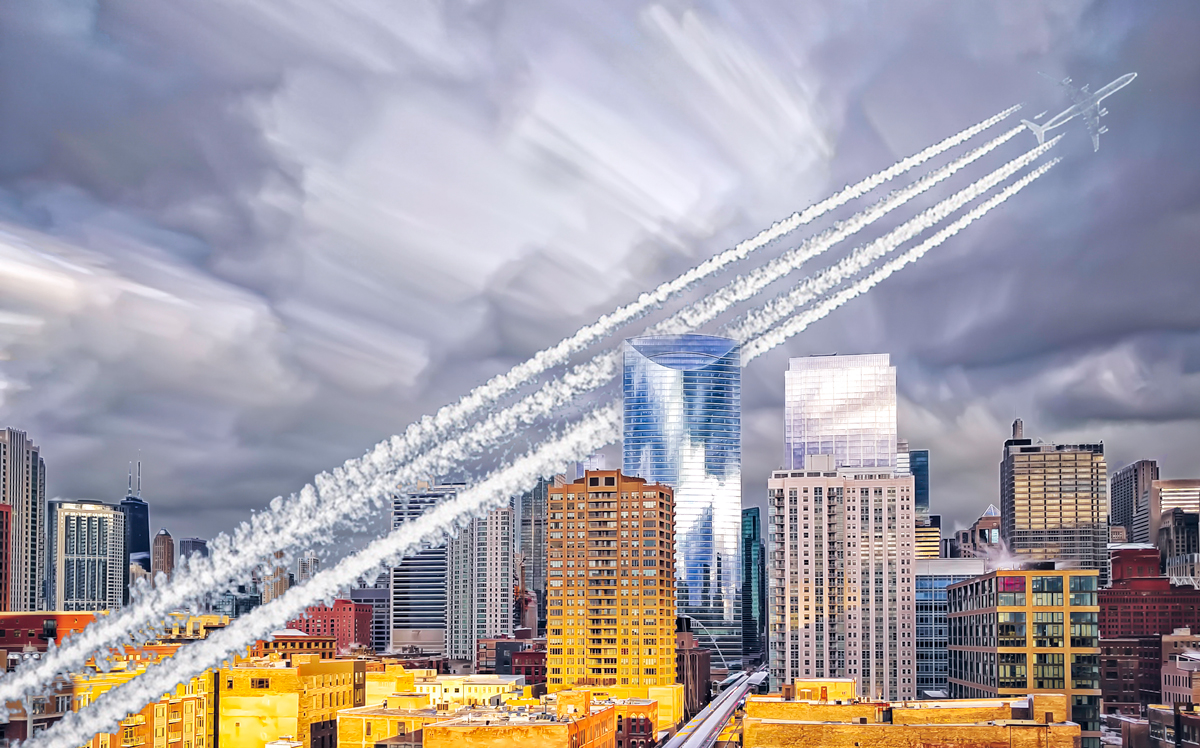The cost of renting an office in the West Loop is quickly catching up to the rest of Downtown, if tax bills are any indication.
Between 2014 and 2017, the average tax burden more than tripled for office tenants on a per-square-foot basis between the Kennedy Expressway and Ashland Avenue, according to a report published by commercial brokerage Cresa.
The report, which compared property tax growth across multiple Downtown submarkets, found taxes in the area bounded by Grand Avenue on the north and the Eisenhower Expressway on the south hit $3.64 per square foot in 2017, up from $1.07 three years earlier. The numbers represent the tax burden passed on to office tenants in their rents.
The surging tax burden for West Loop office users closes the gap with office properties in the East Loop, where it sank to $6.05 per square foot after peaking at $7.39 in 2016. Property taxes returned last year to their 2014 rate in the East Loop, defined in the report as Downtown east of State Street.
“This shows us that tenants are really happy being outside the Loop, and they don’t consider it as big a difference as they once did,” said Sheila Matuscak, managing principal at Cresa. “Buildings are being occupied at higher rates, so it makes sense that they would be experiencing higher rents.”
More than 800,000 square feet of new office space was rented in the rapidly-growing Fulton Market area last year, drawing tenants away from more traditional spaces in the Loop. Upcoming office projects from developers like Sterling Bay, Shapack Partners, Thor Equities and Tishman Speyer are likely to keep the momentum going.
But property taxes have also surged in the Central Loop between State and Wells streets, where the average office tenant paid $7.77 per square foot in taxes through their rent last year, according to the Cresa report. That’s nearly double the $4.12 per square foot collected in 2014.
Office buildings also saw taxes jump in the area sometimes called West Loop Gate, mapped in the report between Wells and the Kennedy Expressway. The average bill spiked from $5.79 to $9.49 per square foot between 2014 and 2018, making it the most heavily-taxed part of Downtown, according to the report.
Between 601W’s renovation of the 2.5-million-square-foot Old Main Post Office and Riverside Investment & Development’s planned office towers at Union Station and 110 North Wacker Drive, the area between the Loop and Fulton Market is set to lead a flood of Downtown construction that could push up vacancy, even as property taxes continue to skyrocket.
Office tenants are increasingly asking brokers like Matuscak where they can locate to dodge the steepest tax hikes about to be visited on the city, she said. She often responds by reminding them that taxes “can only be looked at as one piece of the financial puzzle” in a changing office landscape.
“Taxes have gone up tremendously, and we don’t expect them to go down,” Matuscak said. “But they also show that [the West Loop] is an appealing place to be, and it has great talent. We just don’t want people to be surprised when they see higher taxes attached to that.”
Between Mayor-elect Lori Lightfoot and Assessor Fritz Kaegi’s campaign to upend the traditional model of property assessments, commercial property owners are bracing for sharply higher tax bills in the coming years. Kaegi is scheduled to reassess city property values in 2021, after reviewing north-suburban properties this year and south-suburban values in 2020.
